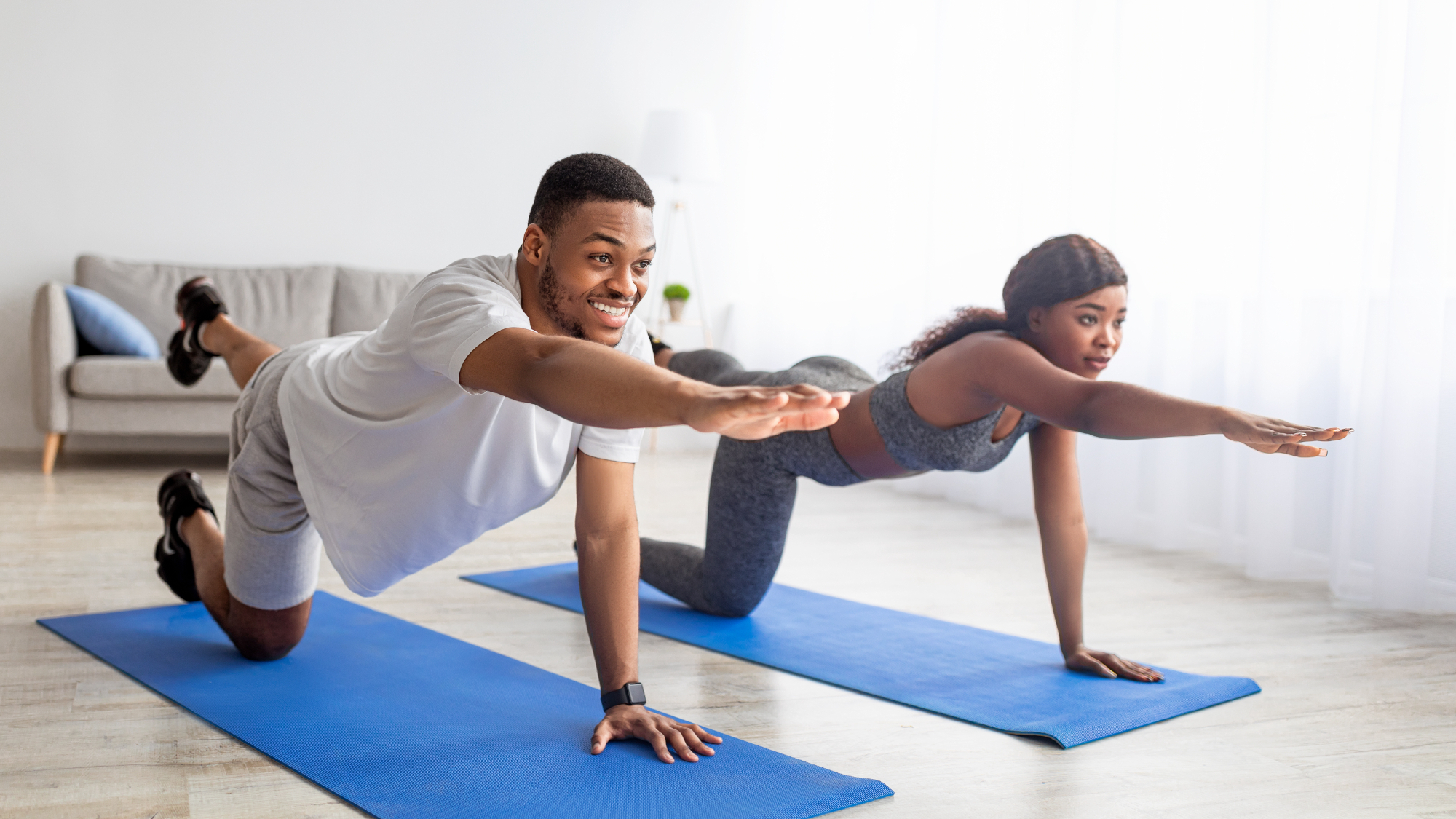When people think of “core strength,” flat abs or six-pack muscles often come to mind. But the truth is, a strong core goes far beyond aesthetics. Your core is your body’s powerhouse—supporting movement, balance, posture, and injury prevention. Whether you’re lifting groceries, running, or just sitting at a desk, your core is working hard to stabilize you.
So, what exactly is the core, why does it matter, and how can you train it effectively? Let’s dive in.
What Is the Core?
The core includes more than just your abdominal muscles. It comprises a complex group of muscles, including:
- Rectus abdominis (your “six-pack”)
- Transverse abdominis (deep internal abs)
- Obliques (side abs)
- Erector spinae (lower back muscles)
- Multifidus and pelvic floor muscles
- Diaphragm
- Glutes and hip flexors
All these muscles work together to stabilize your spine, maintain balance, and power everyday movements.
Benefits of Core Strength Training
- Better Posture: A strong core supports your spine and reduces slouching.
- Reduced Back Pain: Weak core muscles can strain the lower back. Strengthening them helps prevent pain and injury.
- Improved Balance & Stability: Crucial for athletes, older adults, and anyone who moves!
- Enhanced Athletic Performance: From running to lifting, a solid core boosts your efficiency and power.
- Everyday Strength: Even actions like bending, twisting, or reaching require core support.
Beginner to Intermediate Core Strength Workout
You don’t need fancy equipment—a mat and your bodyweight are enough. Here’s a simple core workout that targets all major core muscles.
🔁 Do 2–3 rounds of the following circuit. Rest 30 seconds between exercises and 1 minute between rounds.
1. Plank – 30 seconds
- How: Elbows under shoulders, body in a straight line, core engaged.
- Why: Builds isometric strength in the entire core.
2. Dead Bug – 10 reps per side
- How: Lie on your back, arms and legs in the air. Slowly lower one arm and opposite leg, keeping your lower back on the floor.
- Why: Targets deep core muscles and improves control.
3. Russian Twists – 20 reps (10 per side)
- How: Sit with knees bent, lean back slightly, and twist from side to side with or without a weight.
- Why: Engages obliques and improves rotational strength.
4. Glute Bridge – 15 reps
- How: Lie on your back, knees bent, feet flat. Lift your hips until your knees, hips, and shoulders form a line.
- Why: Strengthens glutes and posterior core.
5. Bird Dog – 10 reps per side
- How: From hands and knees, extend one arm and opposite leg. Keep your core tight and avoid shifting.
- Why: Builds stability and coordination.
6. Side Plank – 20 seconds each side
- How: Elbow under shoulder, hips lifted, body in a straight line.
- Why: Strengthens obliques and improves lateral stability.
Tips for Success
- Quality Over Quantity: It’s better to do fewer reps with correct form than to rush through and risk injury.
- Consistency Is Key: Aim for 2–4 core sessions per week for best results.
- Progress Over Time: Add resistance, extend hold times, or try advanced variations as you get stronger.
- Don’t Neglect Nutrition: Visible abs come from strength training + healthy eating, not endless crunches.
Final Thoughts: Core Training Is for Everyone
Whether you’re a weekend warrior, a busy parent, or someone just getting into fitness, core strength is foundational to your well-being. A strong core isn’t just about aesthetics—it’s about moving better, feeling stronger, and preventing injury.
So roll out your mat, engage that core, and start building your inner strength from the inside out.
